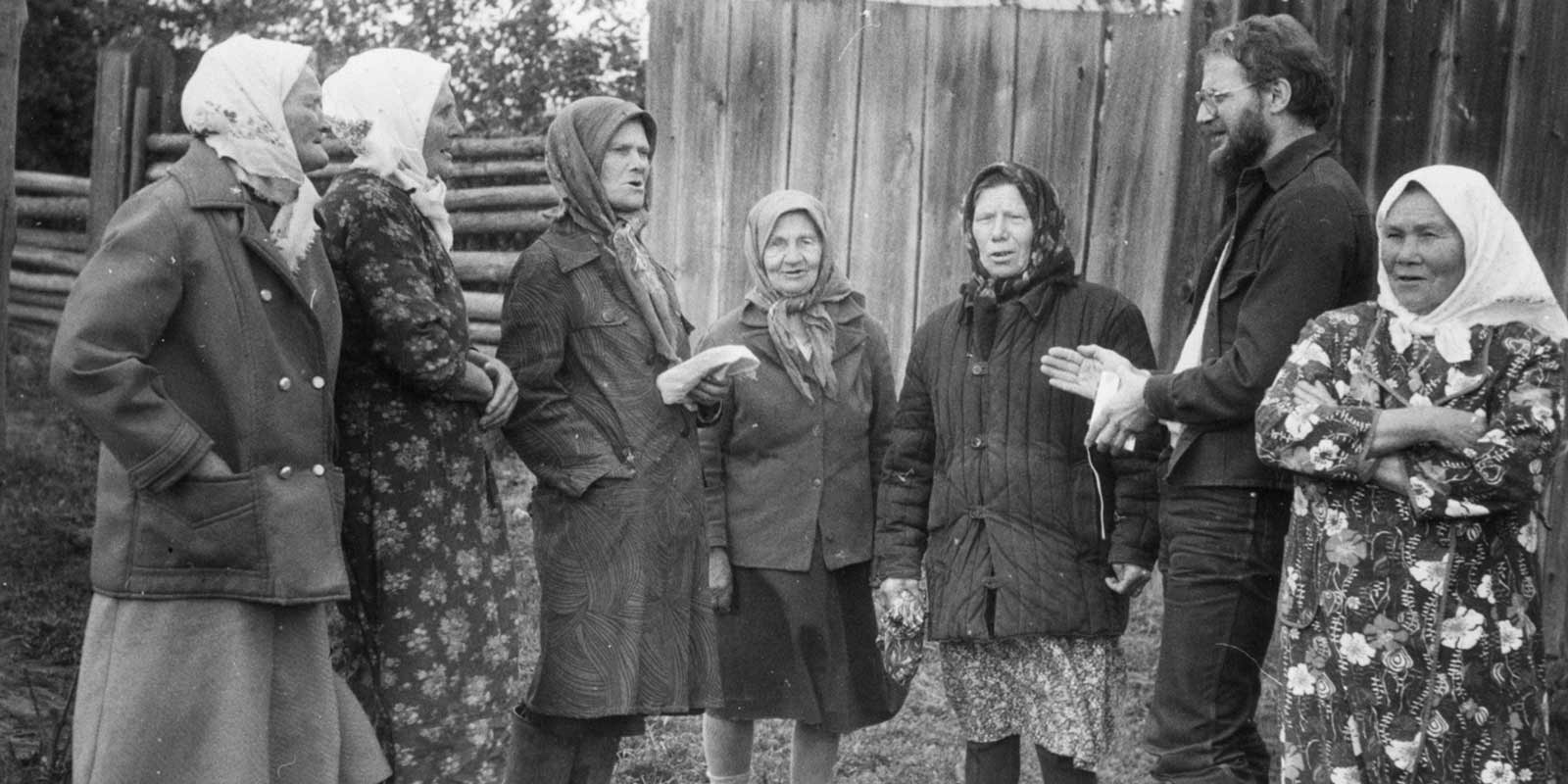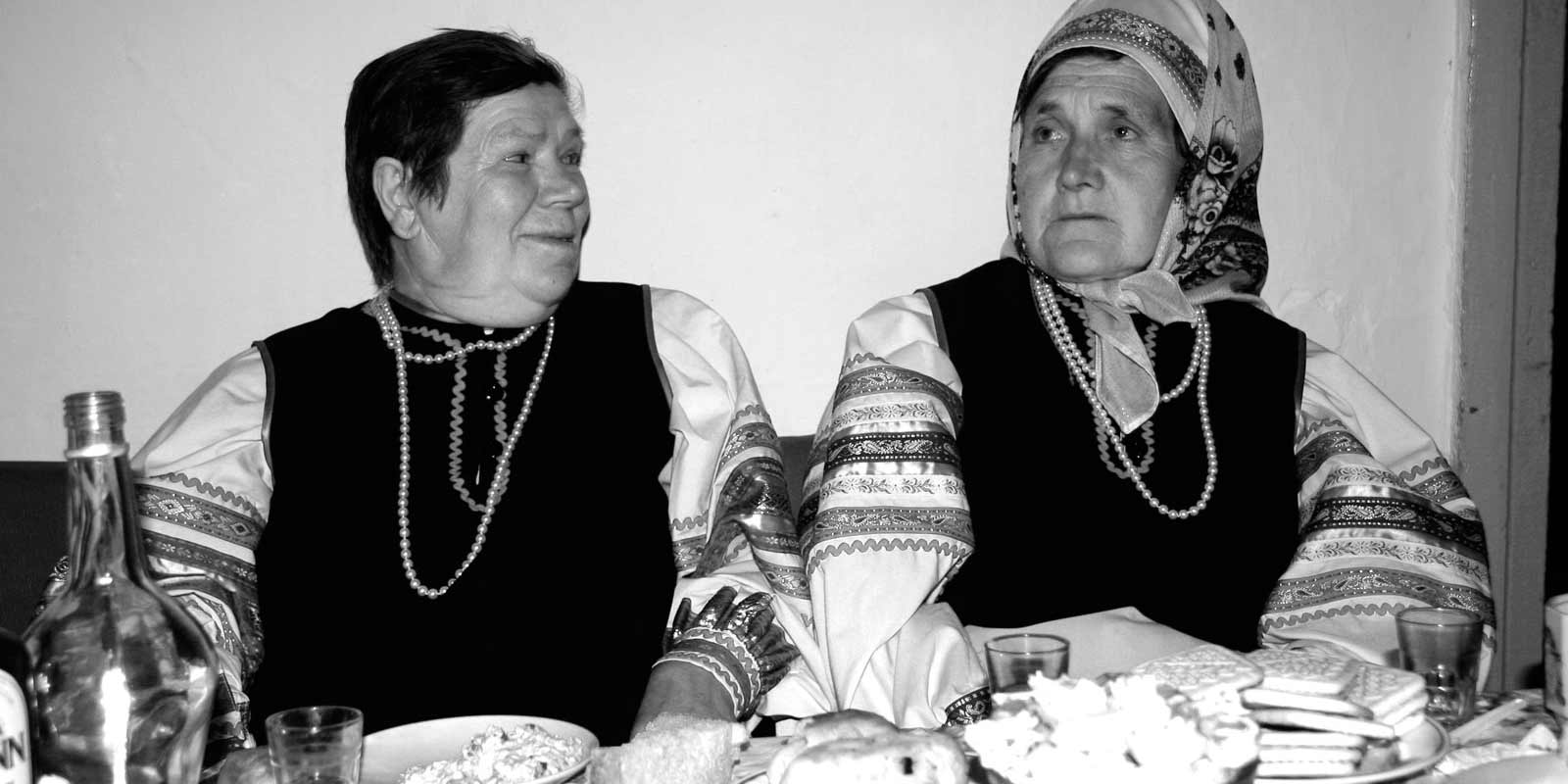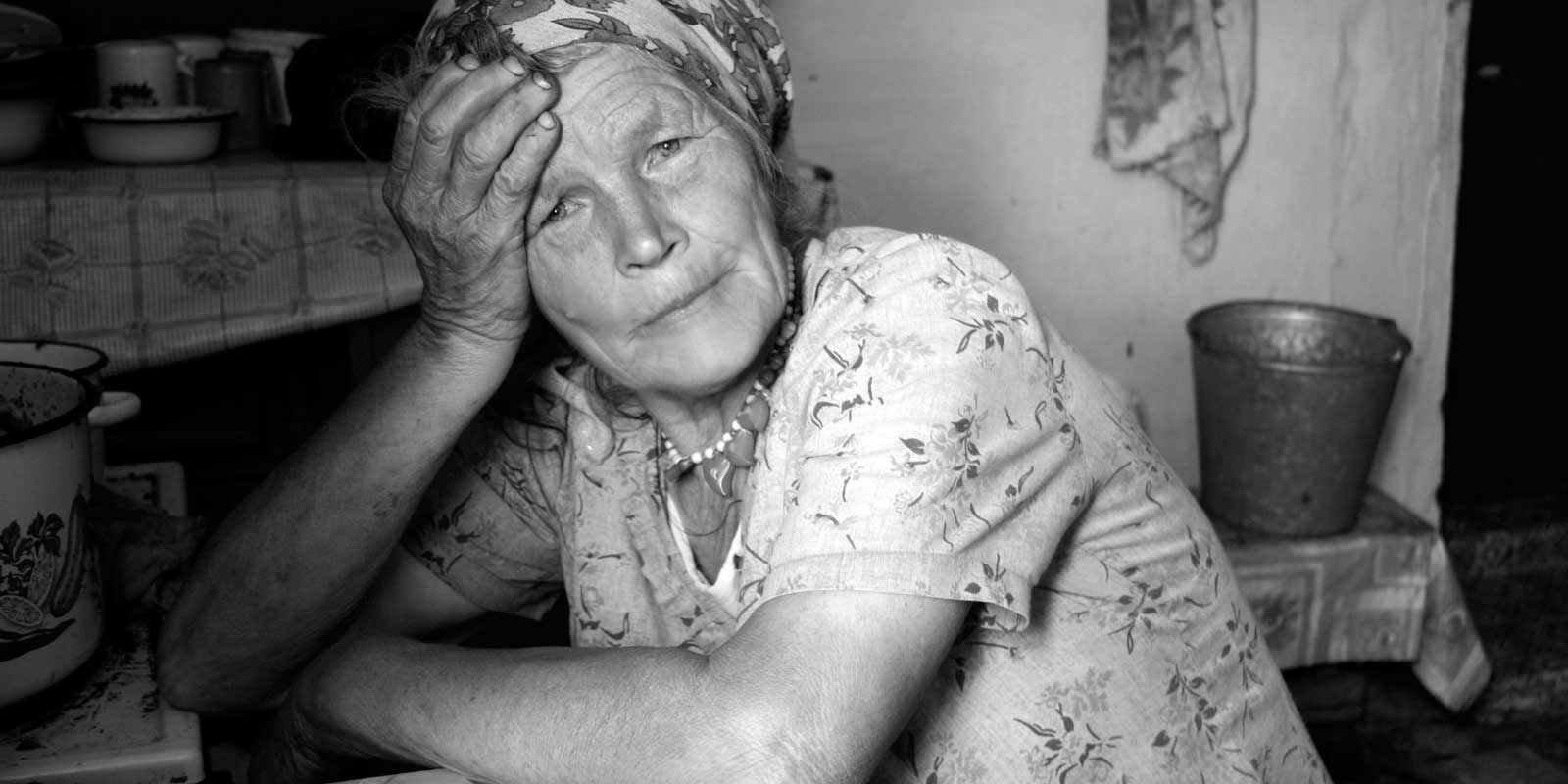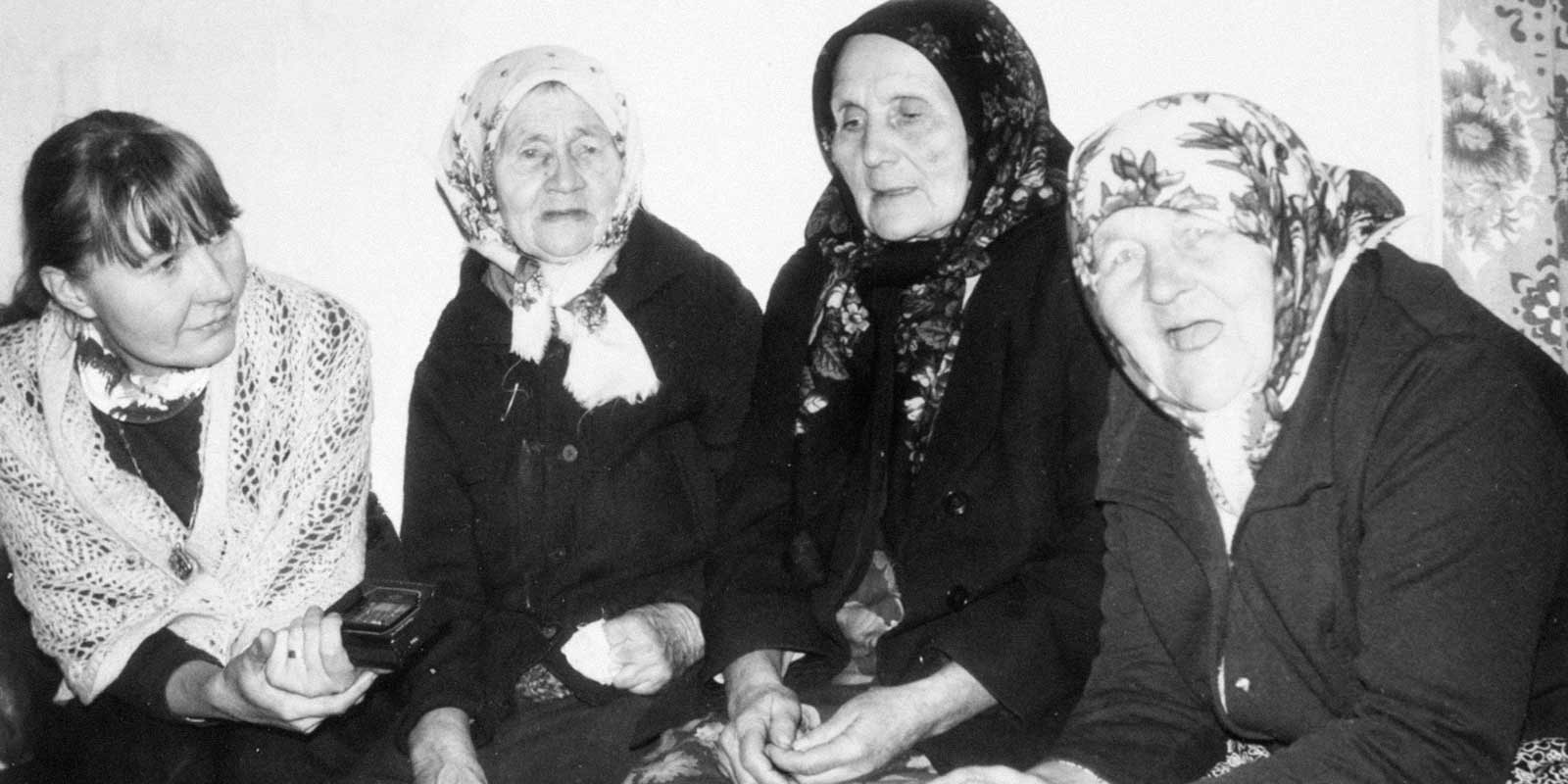Preface
The compilers of this song anthology and Marge Laast, MA student of the Estonian Academy of Arts who was responsible for video-recording the material, visited the Setos in Siberia for the first time in summer 2007. Anu Korb had carried out intermittent fieldwork in the Estonian villages in Siberia before. Andreas Kalkun visited Siberia for the first time, but had previous fieldwork experiences in Setomaa, the Seto region in southern Estonia.
What we heard and witnessed in Siberia exceeded all our expectations—regardless of the pessimistic voices of previous researchers, we found the Seto singing tradition still vibrant. In Haidak, the largest Seto village in Siberia, there is a women’s ensemble and a children’s choir, and we found individual singers in other Siberian villages. We were particularly happy to hear the traditional Seto regilaul songs; also, the improvisation skills are still there. And, of course, newer Estonian songs and Russian folk songs are sung. In summer 2008, Tiit Sibul and Astrid Tuisk joined our research team, so there were already four of us in the Seto settlements in Siberia.
Twenty years ago, in September 1987, Mare Piho and Igor Tõnurist were the first to record the tradition among the Setos in Siberia. Õie Sarv joined them for the 1988 fieldwork. At two field trips, Igor Tõnurist recorded a number of Seto songs which he handed over to the Estonian Folklore Archives a few years ago. We believe that these songs definitely deserve a new life.
The anthology covers the song repertoire of Setos living in Siberia, recorded in 1987–1988 in Haidak and Bulatnovka villages of the Partizansky District of Krasnoyarsk Krai and in 2007–2008 in Haidak, Bulatnovka and Krestyansk villages. Sound recordings were mostly made at get-togethers, but the children’s choir was invited to perform specially for us in the summer of 2008.
The song anthology forms a cross-section of the song repertoire of the Setos in Siberia, including Seto folk songs and Estonian and Russian songs. Seto folk songs are usually sung with a lead singer and a choir. Thus the songs are mostly sung by multiple singers, although some fine soloists are featured on the records as well. Some songs are featured in several variants and are performed by different singers. Some had to be left out on technical grounds. The anthology is complete with song lyrics and their summaries in Estonian, Russian, and English.
We thank from the bottom of our heart all the people who offered advice and put their efforts into creating this song compilation. A deep bow to the Setos in Siberia who have treasured the songs of their ancestors and who have given us the chance to get acquainted with this unique tradition.
Listen and enjoy!
Compilers



